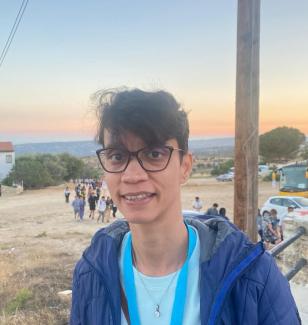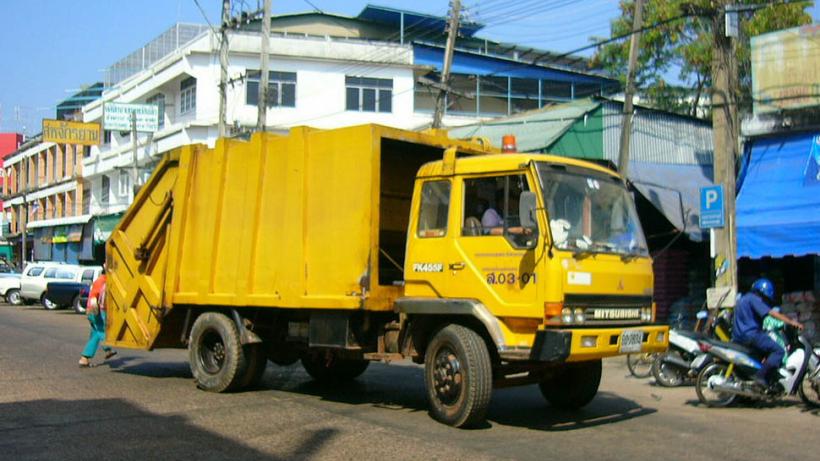Household responses to information, communication of actions of community, incentives on solid waste management actions: A case study of Delhi Households
Delhi generates 8360 TPD (approx.) of municipal solid waste (MSW) per day. Studies have shown that there is a clear linear relationship between per capita solid waste generation rates and income levels for Indian households [Viswanathan, 2006] and that India’s per capita MSW generation rates are likely to keep pace with the economic growth rates [Goel, 2008], which means that already burgeoning mountains of waste will only grow further.
At present, rag pickers collect the recyclables from the Dhalaos (garbage collection points) but as they forage in refuse dumps, they are susceptible to a lot of diseases and come in contact animal excreta, sputum, dead animals and at times medical waste [Sarkar, 2003]. Segregating waste at the source will not only improve the quality of work environment of the rag pickers [Sarkar, 2003], reduce emissions to air, soil and water but also increase the amount that can be recycled.
The present scenario: growing incomes, increasing amounts of waste, change in composition of waste, emissions from the different disposal methods, all highlight the need for segregation of waste.
The present rules as stated in Municipal Solid Wastes (Management and Handling) Rules, 2015 state that every waste generator will segregate the waste in three separate streams namely wet waste, dry waste and domestic hazardous waste. The rules also specify that landfilling will be permitted for non-usable, non-biodegradable, non-recyclable, non-combustible and non-reactive inert waste [Municipal Solid Wastes (Management and Handling) Rules, 2015].
Solid Waste Management is a priority area both for the Central Government under the Clean India program and Smart Cities Initiative and also for the Delhi Government as a focus area approved by Delhi Dialogues Commission.
Research Methodology
The objective of the study is to understand the factors that would induce the households to segregate waste generated at source. A field experiment will be conducted in residential localities of Delhi, the interventions being
- Information on dry and wet waste: The intervention entails provision of dustbins and brochures listing what comprises of dry and wet waste. This information will also be displayed on the notice boards of the localities receiving the treatment.
- Communication of action of peers: Data collected on whether the households segregate or not, weight of the garbage generated, after the dissemination of the first intervention, will be displayed in the localities to provide information on the percentage of households segregating their waste.
- Incentives: This intervention (providing incentive to the households segregating waste at source) would be decided in consultation with RWAs.
Resident welfare associations, garbage collectors will play a vital role in the implementation of the interventions.
The study will cover the multi-family residential areas (e.g., apartments/societies) under Municipal Corporation of Delhi (MCD), stratified into high and low income groups on the basis of MCD property taxes. The treatment and control clusters (with the unit of analysis being the household) will be chosen so as to minimise the spillover effect, lying within the same municipal zone. A sample of 850 households, willing to participate in the experiment (650 in treatment, +200 in control) will be drawn from these residential areas. A baseline survey will be conducted over a period of two weeks to collect primary data on demographic and socio-economic variables, awareness of the situation regarding solid waste management and disposal, current levels of recycling, attitudes towards recycling from the households. The interventions will be disseminated over a period of one week in the treatment localities followed by monitoring for two weeks to assess the impact of the above interventions on compliance to segregation of waste and weight of the garbage generated at the household level. A follow up study will be conducted for all the households in both treatment and control groups one month after the final intervention.



